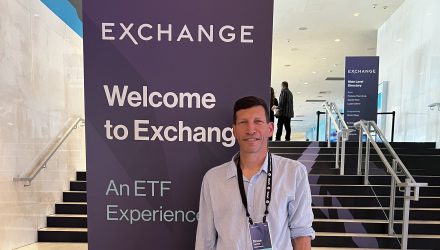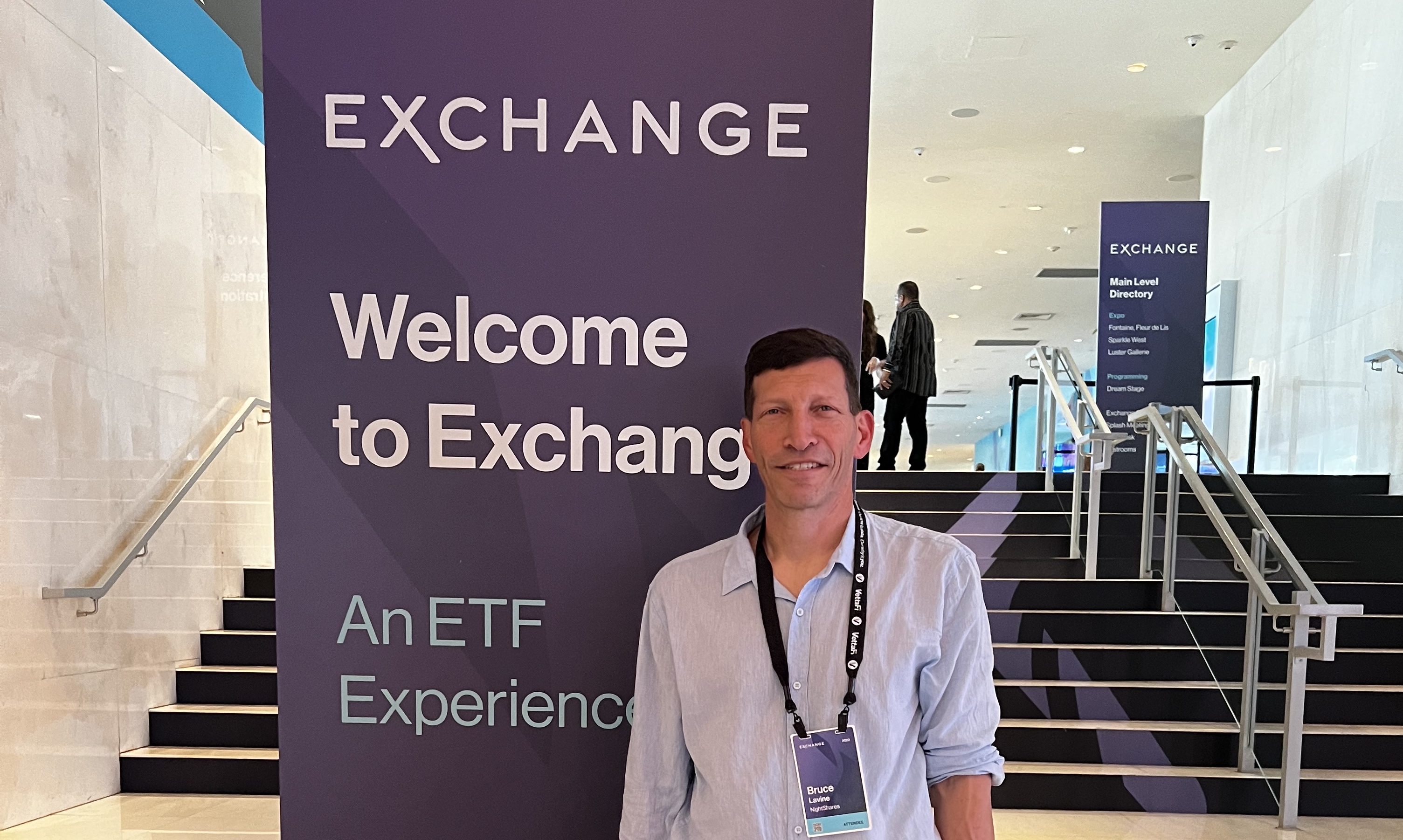NightShares launched three new ETFs last year, introducing many advisors to the night effect for the first time.
The night effect, which can be accessed via the NightShares 500 ETF (NSPY), the NightShares 200 ETF (NIWM), and the NightShares 500 1x/1.5x ETF (NSPL), is a persistent phenomenon whereby overnight markets have historically outperformed the daytime trading session on a risk-adjusted basis.
“It’s this really fascinating anomaly in markets,” NightShares CEO Bruce Lavine told VettaFi at Exchange: An ETF Experience. “It’s quite unexpected that for [many]years, the overnight session has provided most of the return and a lot less risk.”
Lavine said the phenomenon has been studied academically for 20 years and has persisted. Most recently, it worked for the full year in 2022, offering investors protection as markets fell sharply.
Trading volume declines significantly during the night session, helping explain the decreased turbulence. “The market’s reacting to news, typically out of Asia and Europe, but we find it’s just a much less volatile session,” Lavine said. “The day looks really different — maybe you see big moves on the open, there’s a lot of algorithmic trading going on, there’s day trading, and so it looks much more volatile.”
Lavine said the day plays in the tails, and the night plays within 50 basis points of the benchmark. So, in the day, you see many more up days, many more down days, and a lot more volatility.
How Bruce Lavine Discovered the Night Effect
Lavine is an ETF industry veteran, a member of the early iShares team, and was later at WisdomTree. At iShares, Lavine ran product development, and initial challenges included locking up as many indexes as possible and educating the world about ETFs. Lavine later joined WisdomTree, a pioneer in deviating from cap-weighted indexes, which is where he became more interested in what’s actually happening beneath the hood.
Lavine said he was introduced to the night effect later while working with a hedge fund in San Diego. “I just kept looking and going, ‘Wait, this is incredible. This can’t be right.’ I kept asking more questions, more timeframes, and more tickers. And it was just there. And so only then did I learn that it had been studied academically for like 20 years, and they found the same thing.”
“That felt very good, and the night effect is really pervasive,” Lavine said. “We’ve launched two simplistic funds [NSPY and NIWM], but the night effect works on single stocks, it works dramatically in certain concentrated sector ETFs.”
For more news, information, and analysis, visit the Night Effect Channel.


